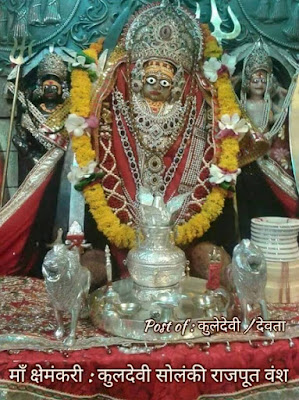Bagri Rajput
Bagri Rajput
Rājpūt, Bāgri.—This clan is found in small numbers in the Hoshangābād and Seoni Districts. The name Bāgri, Malcolm says,1 is derived from that large tract of plain called Bāgar or ‘hedge of thorns,’ the Bāgar being surrounded by ridges of wooded hills on all sides as if by a hedge. The Bāgar is the plain country of the Bikaner State, and any Jāt or Rājpūt coming from this tract is called Bāgri.2 The Rājpūts of Bikaner are Rāthors, but they are not numerous, and the great bulk of the people are Jāts. Hence it is probable that the Bāgris of the Central Provinces were originally Jāts. In Seoni they say that they are Baghel Rājpūts, but this claim is unsupported by any tradition or evidence. In Central India the Bāgris are professed robbers and thieves, but these seem to be a separate group, a section of the Badhak or Bāwaria dacoits, and derived from the aboriginal population of Central India. The Bāgris of Seoni are respectable cultivators and own a number of villages. They rank higher than the local Panwārs and wear the sacred thread, but will remove dead cattle with their own hands. They marry among themselves.







